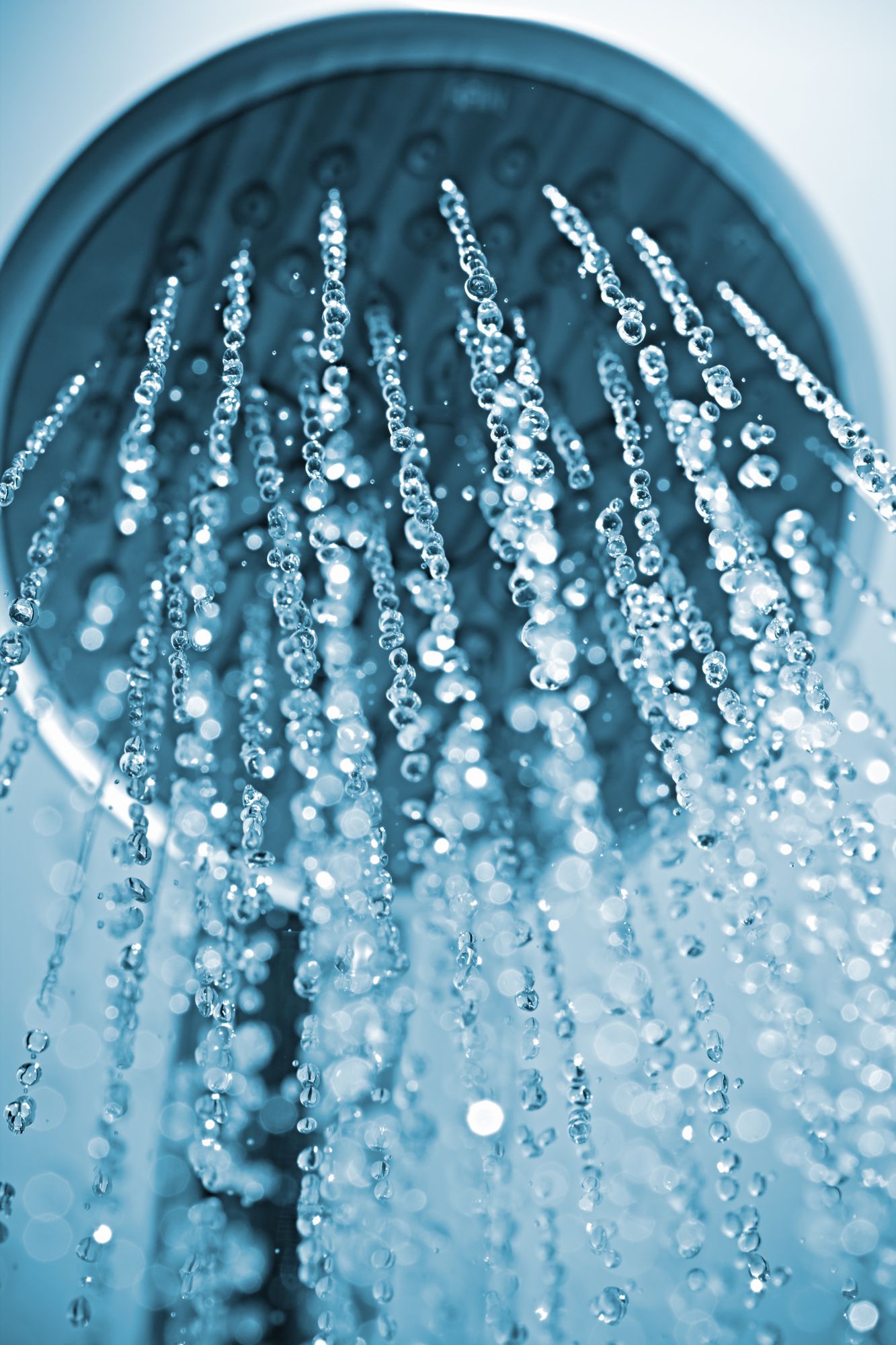A Guide to Tree Roots and Sewer Lines

If your wastewater drains are slow or the home’s wastewater frequently backs up into tubs and showers, the cause of the drain issue may be tree-root invasion of your home’s sewage lines. Tree roots can wreak havoc on underground drainage lines if the root invasion is not caught and cleared in time. Learn what you should know about tree roots in your drainage lines.
Sewer Drains Offer Sustenance
A sewer drain contains the oxygen, water, and nutrients that roots need to sustain trees above the ground. It’s only natural that nearby tree roots will exploit any openings in a damaged sewer drain in order to reach those resources.
The following sewer drains may develop root-friendly cracks or gaps:
- Drain lines that are improperly installed
- Drain lines under fast-growing trees
- Drain lines with no root barrier
- Drain lines that are older, seperated or become porous
After a root invades a drain pipe and expands the hole or crack in the pipe material, wastewater floods the area adjacent to where the pipe has been penetrated. The extra nutrients in the adjacent area help the invading roots grow even more robust inside the pipe.
Drain Pipes Fail When Under Stress
The material and connections in older clay and metal drain pipes can corrode or degrade over time. When clay or metal drain pipes become corroded or washed out, cracks and holes develop along the sewer lines. Entire sections of pipe can detach from the main sewer lines.
If the soil around drain pipes is made up of clay or clay loam, the soil will contract and expand as it freezes and thaws. The pressure of expanded soil can compress and crack pipes in winter. Even PVC pipes can be damaged by expanding soil during underground frost-heaving events.
Drain pipes also fail when the pipes freeze inside. Trapped ice can burst drain lines that are located above the frost line.
All of these pipe failures create openings for tree roots. Since many tree roots are tiny, they only need miniscule cracks in the walls of pipes to gain entry into your sewer lines. Larger holes and gaps allow even bigger roots to invade your sewer lines.
Small Roots Create Big Headaches
A few small tree roots in your sewer lines won’t cause problems at first. You may notice puddles around or over the affected drain line. The wetness is caused by the release of wastewater as the root expands the wastewater pipe’s crack or opening.
If you do nothing and give the root time to mature, your entire sewer line can become compromised. A root can twist and bend its way around waste-pipe joints as it grows, which could eventually cause you to need an entirely new sewer line. You’ll have to face possibly days without water and the disruption of your landscaping as your sewer lines are dug up and repaired.
Certain Trees Pose Higher Risks
In general, a fast-growing tree poses a greater hazard to sewer lines than a slow-growing tree. Trees that are heavy drinkers, including willows and poplars, are also more risky to have near sewer lines than drought-friendly tree varieties.
If you plan to plant new trees on your property, choose slow-growing varieties that are less likely to develop extensive root systems. Japanese maples, Eastern redbuds, and most crabapple varieties offer spring, summer, and fall color without overtaking the yard.
While experts recommend planting the above slow-growing varieties at least 10 inches from a sewer line, even slow-growing trees can invade compromised sewer lines. If possible, it’s better to plant new trees at least 20 to 30 feet away from your underground sewer lines for maximum drain-line protection.
Tree-Root Damage May Not Be Covered
Some tree-root damage is not covered by standard homeowners insurance policies, especially if you ignored a small tree-root invasion when it was still fixable. If your carpet, furnishings, or foundation are soaked in backup sewage due to your negligence, your tree-root problem might not be funded by your home-insurance carrier.
Check your homeowners policy, and ask your agent about your coverage and liability for tree-root sewer-line damage. More importantly, hire a qualified plumber to inspect your sewer lines periodically with a video camera when you have trees growing near your sewage drain lines.
When you have a yearly drain-line inspection performed, your licensed plumber can also perform a power-rodding service on your drain lines. This is a a good preventative measure to avoid unpleasant sewage backup. The power-rodding procedure severs and breaks up small roots in the drain lines. The plumber then forces the severed tree roots out of the drainage system. Power-rodding can keep roots from growing larger, so invasive roots never expand enough to clog the entire drainage line.
Schedule inspection of your slow sewer lines by contacting Jim Dhamer Plumbing and Sewer, Inc. , today at (630) 964-2222. We perform sewer-line and power-rodding services for residences throughout Chicago suburbs, Lisle, Glen Ellyn, Naperville and surrounding neighborhoods.
The post A Guide to Tree Roots and Sewer Lines appeared first on .
Leave A Reply
More Posts









